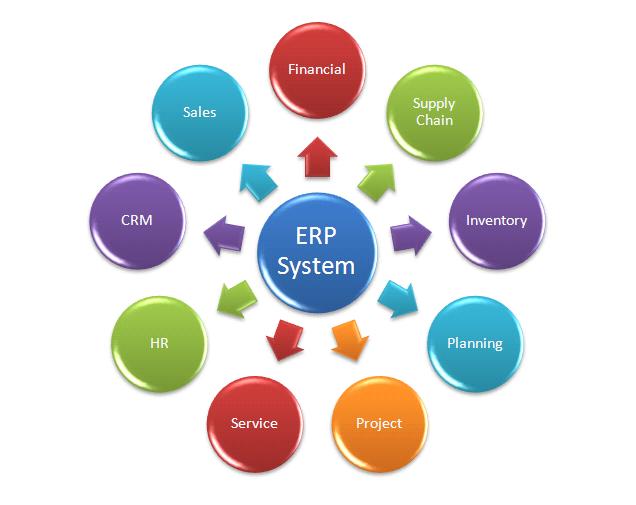Channel sales, also known as indirect sales, refer to the process of selling products or services through third-party partners, such as distributors, resellers, or value-added resellers (VARs). This approach offers numerous benefits to businesses seeking to expand their market reach and increase revenue.
Firstly, channel sales allow companies to leverage the existing networks and expertise of their partners. By tapping into their partner’s established customer base and market knowledge, businesses can quickly penetrate new markets and reach a wider audience. This can significantly reduce the time and resources required to build a direct sales force from scratch.
Secondly, channel sales provide businesses with a scalable and flexible sales model. With a network of channel partners, companies can easily scale their operations and expand into new territories without the need for extensive infrastructure investments. This flexibility allows businesses to adapt to changing market conditions and customer demands more effectively.
Lastly, channel sales can enhance customer satisfaction and support. Channel partners often provide additional value-added services, such as installation, training, and ongoing support, which can improve the overall customer experience. By working closely with their channel partners, businesses can ensure that customers receive the necessary support and assistance, leading to higher customer satisfaction and loyalty.
Read more about channel sales with Reply.io – https://reply.io/blog/channel-sales/.
Key Differences Between Channel Sales and Direct Sales
While both channel sales and direct sales aim to generate revenue, there are key differences between the two approaches. Understanding these differences is crucial for businesses to determine which sales strategy aligns best with their goals and resources.
In direct sales, businesses sell their products or services directly to customers without any intermediaries. This approach provides businesses with full control over the sales process, from lead generation to closing the deal. Direct sales teams are typically employed by the company and are responsible for developing relationships with customers, handling negotiations, and managing the sales cycle.
On the other hand, channel sales involve partnering with third-party entities, such as distributors or resellers, to sell products or services. In this model, the channel partners take on the responsibility of selling and distributing the products, while the company focuses on product development, marketing, and supporting the partners. This indirect sales approach enables businesses to leverage the expertise and networks of their channel partners to reach a larger customer base.
Choosing between channel sales and direct sales depends on various factors, including the complexity of the product or service, target market, resources available, and the level of control desired by the business. It is essential to carefully evaluate these factors and determine which approach aligns best with the company’s objectives.
10 Best ChatGPT Alternatives in 2024, read more with Reply.io – https://reply.io/best-chatgpt-alternatives/.
Developing a Channel Sales Strategy
To succeed in channel sales, businesses need to develop a well-defined channel sales strategy. This strategy serves as a roadmap for effectively managing and growing the channel partner network. Here are some crucial steps to consider when developing a channel sales strategy:
- Define Clear Objectives: Start by identifying the goals and objectives of your channel sales program. Determine the specific markets or territories you want to target, the revenue targets you aim to achieve, and the timeline for implementation.
- Segment the Market: Analyze your target market and segment it based on factors such as geography, industry, customer size, or purchasing behavior. This segmentation will help you identify the most suitable channel partners for each market segment.
- Evaluate Channel Partner Criteria: Define the criteria for selecting channel partners. Consider factors such as their expertise, market presence, financial stability, reputation, and alignment with your company’s values and goals. This evaluation process will ensure that you choose partners who can effectively represent your brand and contribute to your sales objectives.
- Establish Partner Onboarding Process: Develop a structured onboarding process to ensure that new channel partners understand your products, value proposition, sales process, and support mechanisms. Provide them with the necessary training, marketing materials, and tools to enable them to effectively sell your products or services.
- Create a Channel Enablement Program: Implement a comprehensive channel enablement program to continuously support and enable your channel partners. This program may include regular training sessions, access to marketing resources, sales enablement tools, and ongoing communication to keep partners informed about product updates, promotions, and market trends.
By following these steps and continuously refining your channel sales strategy, you can effectively manage your channel partner network and drive revenue growth.
Read more about best email closings with Reply.io – https://reply.io/best-email-closings/.



